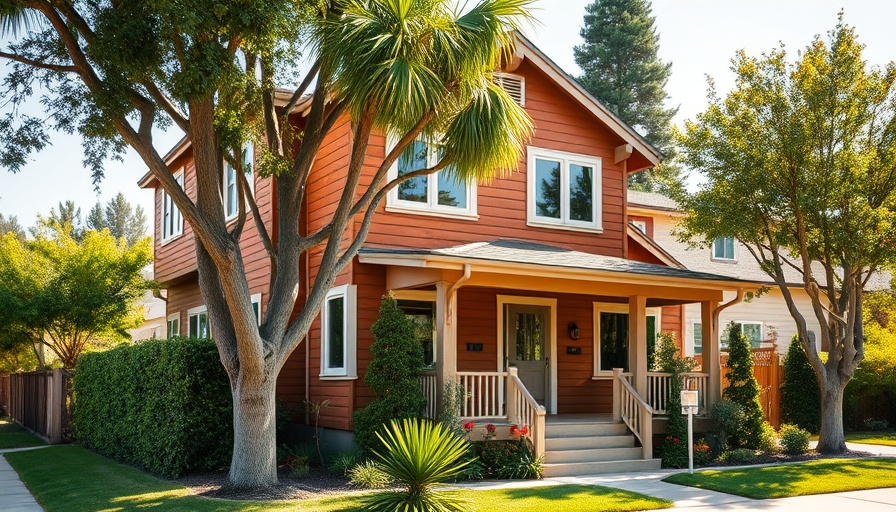
Home Firms’ Optimism Wanes in California: A Close Examination
The construction and design sectors, particularly in the vibrant California market, are facing a reality check as optimism among home firms takes a downturn following a mixed performance in the first quarter of 2025. According to the recent Q2 2025 Houzz Renovation Barometer, this shift comes after a strong start to the year where many home professionals initially felt bullish about market conditions.
Understanding Mixed Performance: Key Insights from the Renovation Barometer
The Houzz Renovation Barometer provides invaluable insights regarding the renovation industry's dynamics, reflecting both expectations and actual performance. While construction firms reported a significant dip in activity, design firms stayed relatively stable. Marine Sargsyan, Houzz’s staff economist, noted, "Optimism continues, yet residential construction and design businesses are moderating expectations amid mixed Q1 activity and economic uncertainty.” This mixed signal is troubling—as rising material costs and cautious client spending hover ominously over the market.
Navigating Challenges: What Home Firms Are Facing
As reported by Sargsyan, numerous challenges are confronting home firms, particularly in California, known for its unique construction landscape. Among these challenges are escalating material costs and an ongoing labor shortage. Firms are adapting by rethinking their procurement strategies and, in some cases, stockpiling materials to brace for expected price hikes, especially on essential items such as lumber and steel. This proactive approach shows business owners are trying to stay ahead in a competitive and uncertain market.
Impact of Rising Costs: How It Affects Consumers
For consumers, these fluctuations in the renovation industry can lead to increased costs, impacting renovation budgets and project timelines. The expected tariff-driven price hikes might not just influence the firms' bottom lines but also dictate consumers’ willingness to engage in renovation projects. In a state where California homes often symbolize aspiration and innovation, these economic trends prompt homeowners to rethink their investment strategies.
The Path Forward: Predictions and Strategic Decisions
Looking ahead, several industry analysts are predicting a shift in how firms adapt to these economic changes. The increase in project backlogs indicates a resilient sector; many home firms are poised for potential growth as they navigate the turbulent waters of the current economy. With strategic adjustments and innovative practices, businesses might find new opportunities to thrive despite the challenges.
Emotional Impact: How Home Professionals Are Feeling
For the professionals immersed in these industries, the current landscape brings mixed emotions. While the demand for renovations remains, there is an underlying anxiety about costs and client hesitancy. This duality can affect morale and decision-making among firms. As they juggle optimism with caution, staying informed and resilient will be critical to sustaining their operations and achieving long-term success.
Acting on Insights: What Homeowners and Professionals Should Consider
It’s essential for homeowners and those within the construction and design industry to stay informed about these market fluctuations. Understanding economic trends empowers consumers to make more informed decisions regarding their renovation projects. Collaboration between homeowners and contractors will be crucial. By establishing clear expectations and transparent discussions about pricing and timelines, both parties can mitigate the impact of these uncertain times.
Overall, as the second quarter of 2025 unfolds, home professionals must balance optimism with newfound realities, leveraging available insights to ensure success amid fluctuating market conditions. For those in California and beyond looking to engage in remodeling or renovation projects, it’s time to strategize thoughtfully and prepare for a dynamic market landscape.
 Add Row
Add Row  Add
Add 




Write A Comment